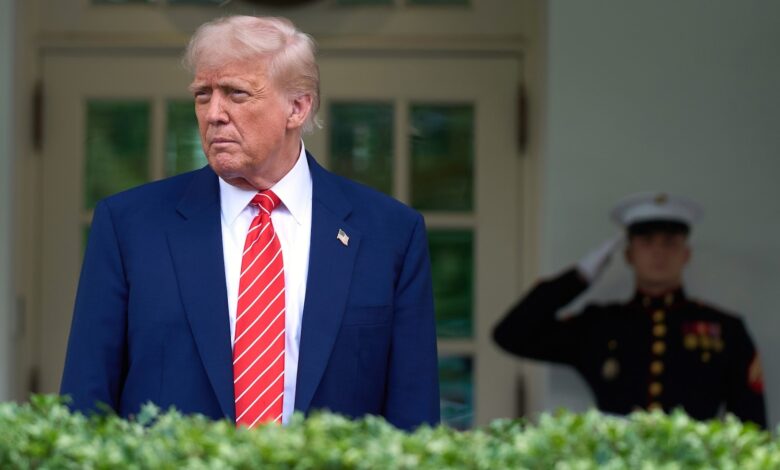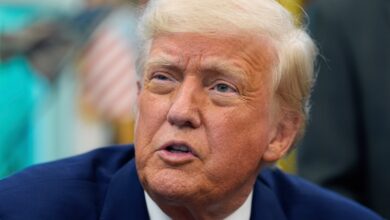Trump floats lower tariffs on China. What would it mean for prices?

President Donald Trump has indicated a willingness to ease tariffs on China, suggesting a reduction from 145% to 80%. This announcement comes ahead of trade negotiations between U.S. officials and their Chinese counterparts in Geneva, Switzerland.
While a potential tariff cut could prevent a complete trade stalemate between the two largest economies, analysts caution that it may not significantly lower prices for consumer goods like clothing, shoes, and toys. Product shortages could still be a concern even with the reduced tariff rate.
Economists believe that an 80% tariff would still have a substantial impact on consumers, potentially leading to higher prices. The recent escalation in tariffs between the U.S. and China has already resulted in retaliatory measures and warnings from companies about potential price hikes for American shoppers.
Companies like Mattel and Best Buy have expressed plans to diversify their supply chains outside of China to mitigate the impact of tariffs. Chinese exports to the U.S. have also declined, reflecting the strain on trade relations between the two nations.
Despite the prospect of a lower tariff rate, analysts caution that uncertainty surrounding trade policies could hinder businesses from fully capitalizing on the reduced tariffs. The back-and-forth nature of negotiations and the possibility of policy shifts make it challenging for companies to make long-term decisions regarding their supply chains.
Treasury Secretary Scott Bessent has described the White House’s approach to trade negotiations as a strategic tactic, aimed at maximizing leverage in discussions with various trade partners. The administration has already initiated talks with multiple countries, excluding China, in an effort to secure favorable trade agreements.
In the midst of ongoing trade tensions, Trump has highlighted the importance of striking deals with other nations, including the recent framework for a trade agreement with the United Kingdom. As negotiations continue with China, the outcome remains uncertain, with the potential for further policy changes based on the administration’s strategic objectives.
Overall, the prospect of easing tariffs on China presents both opportunities and challenges for the global economy, as countries navigate the complexities of international trade relations. The impact of these decisions will be closely monitored as stakeholders await the outcome of upcoming negotiations between the U.S. and Chinese officials.




